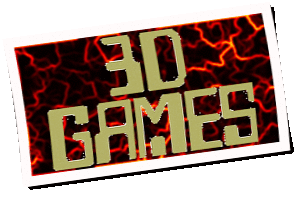The 3D System consists of a pair of active shutter glasses and an adapter to connect them to the Famicoms third player expansion port. The glasses are connected to the adapter via dual 3.5 mm jacks. This allowed compatible games to display a stereoscopic image similar to that of the Sega Master Systems SegaScope 3-D Glasses. Games would play in conventional 2D until a 3D mode was activated by use of the select button.[3]
The 3D System was not commercially successful and, as a result, was never released outside of Japan.[2] Criticisms included the clunkiness of the glasses and the limited selection of compatible titles. Eight years later, in 1995, Nintendo again ventured into stereoscopic gaming with the commercially unsuccessful Virtual Boy. In the following years, Nintendo experimented in stereoscopic 3D with both the GameCube and Game Boy Advance SP systems, but these features were not released commercially due to cost and technical limitations.[5] Finally, in 2011, Nintendo released the 3DS handheld capable of displaying stereoscopic 3D images without the need for special glasses. The 3DS has enjoyed a largely positive reception and sales numbers dwarfing those of its predecessors.
Attack Animal Gakuen by Pony Canyon
Cosmic Epsilon by Asmik
Falsion by Konami
Famicom Grand Prix II: 3D Hot Rally by Nintendo
Fūun Shōrin Ken: Ankoku no Maō for the Famicom Disk System by Jaleco
Highway Star (Rad Racer outside Japan) by Square
Tobidase Daisakusen by Square
JJ: Tobidase Daisakusen Part II by Square
 video games gallery from the last century
video games gallery from the last century













